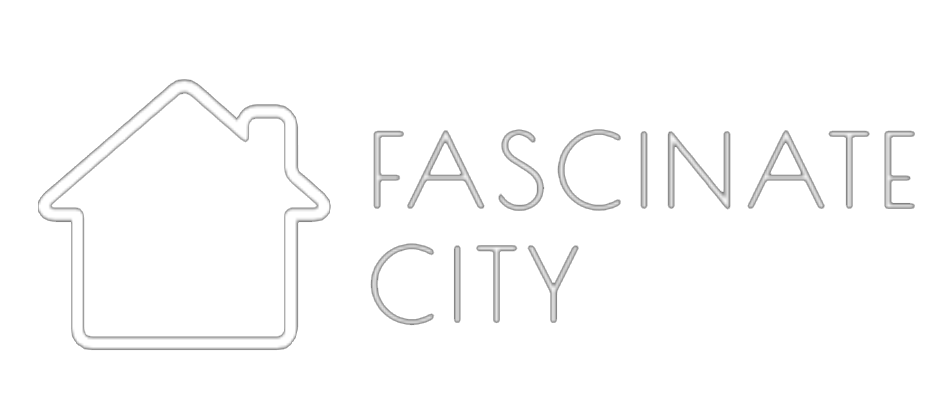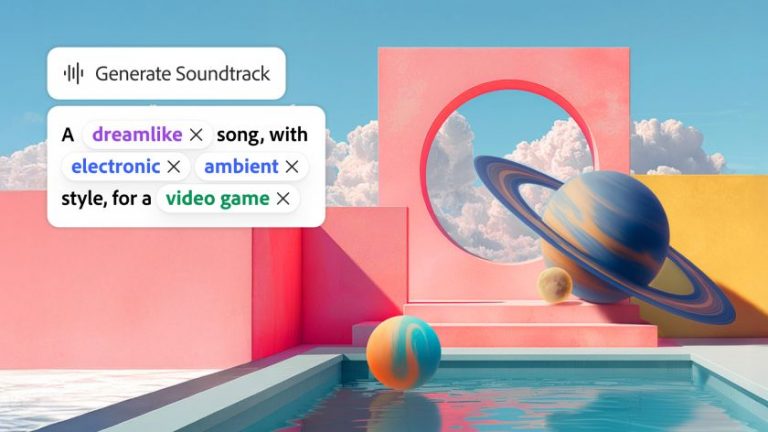Image licensed via Adobe Stock
Even if you see AI as the enemy, you’d be daft not to use these tools to speed up your workflow.
As creatives, we’re living in a sort of paradox. The same tech that threatens to wipe out our jobs is simultaneously offering unprecedented opportunities to save us time and energy. So while it’s natural to be sceptical about AI, it’s probably self-defeating not to use it for at least some things.
For example, I’m currently working on an education app for a major tech company, and need to write alt text for hundreds of images. Because a lot of them are both abstract and complex, I found this was draining me of a ridiculous amount of mental energy.
My client suggested I use AI, and it’s been a game-changer. I now put these images into a chatbot like Gemini or ChatGPT and write a prompt, such as “Please write alt text for each of these images, not exceeding 100 characters” (yes, I can’t bring myself not to say ‘please’).
It usually does a pretty good job. Obviously, I still need to double-check that it’s been accurate and hasn’t missed anything vital. But overall, it saves me a ton of time and stress.
There are so many AI tools available right now that it’s easy to miss an opportunity to speed up your workflow in this way. To help you out, I’ve brought 20 of these together in the list below, grouped into categories. Oh, and by the way, they all have free versions.
Photo and image enhancement
1. GIMP with G’MIC filters
GIMP is a free, open-source image editor that you’ve probably already heard of. What you might not know, though, is that it now features powerful AI-enhanced filters through the G’MIC plugin. These include noise reduction, image enhancement, and artistic filters that can significantly improve image quality. The learning curve is steep, but for basic enhancements, you get results that rival those of expensive software, such as Photoshop.
2. Waifu2x
It may have a daft name (based on the Japanese pronunciation of ‘wife’), but this free online tool is a great choice if you need to upscale anime-style artwork and photographs. It works entirely in your browser, and you don’t even have to register to use it.
3. Remove.bg
This free web-based tool does what it says on the tin: automatically removes backgrounds from images with impressive accuracy, even recognising complex subjects like hair and fur. Note, however, that the free version includes a watermark and limits resolution, so it’s only really useful for purposes such as mockups and pitch decks.
4. Cleanup.pictures
Here’s another browser-based background removal and object deletion tool. The free version only lets you use it a few times per day, but the results are very professional.
5. NVIDIA App
If your laptop or computer features NVIDIA graphics, consider trying this video enhancement tool. The RTX Video Super Resolution feature enhances low-quality footage by removing compression artefacts, sharpening edges, and upscaling resolution, while the Broadcast tool provides real-time voice and image improvements for content creators.
Design and layout automation
6. Canva (free tier)
Canva’s free version includes AI design features that can generate layouts from simple text prompts. While you have to pay for premium features, the free tier is sufficient for creating social media graphics, basic presentations, and simple marketing materials. There’s also a Magic Write feature that generates copy for your designs.
7. Figma (free tier)
Figma’s free plan includes access to basic AI features, such as text generation for prototypes, and collaborative features enhanced by AI suggestions.
8. Penpot
The AI capabilities of this free, open-source design platform are in their infancy, but include intelligent suggestions for layout improvements and component creation.
9. Google Drawings with Smart Canvas
Google Drawings is a free, browser-based tool that allows you to create, edit and share diagrams and flowcharts. It now includes AI-powered suggestions for shapes, layouts and formatting. This is all completely free and integrates seamlessly with other Google Workspace tools.
10. Krita with AI plugins
Krita is free digital painting software with longevity and a big fan base. Nowadays, it also supports a lot of different AI-powered plugins to provide, for instance, intelligent brush suggestions, colour palette generation and automated line art creation.
Content creation and productivity
11. ChatGPT (free tier)
You’ve probably used ChatGPT already: it’s an all-singing, all-dancing AI chatbot that’s pretty great at helping you with admin tasks such as drafting emails. It’s also useful for things like brainstorming concepts or helping you with problems like dealing with a difficult client. A lot of what it generates is abject nonsense, so you have to take it with a pinch of salt. But if you just need ‘someone’ to bounce ideas off, it’s surprisingly useful.
12. Gemini
Google’s version of ChatGPT does pretty much the same things, plus it integrates well with Google Workspace tools. I suspect it’s better at getting information from Google search, too. For instance, if I ask it something like: “Please find the cheapest hotel for two people tomorrow night, that’s less than 30 minutes by public transport from the O2 London Greenwich”, it’s usually very accurate.
13. Microsoft Copilot (free tier)
Microsoft Copilot is an AI chatbot that’s closely integrated into Microsoft’s ecosystem. Given that Microsoft is traditionally focused on enterprise software, it’s no surprise that it’s very useful for things like creating client presentations, writing project proposals and generating visual concepts. Plus, as you’d expect, it integrates nicely with Microsoft Office tools such as Word.
14. Claude (free tier)
I’ll put my hand up at this point and say that Anthropic’s AI assistant is my personal favourite. In my experience, it’s the best at understanding subtlety and nuance, although it still occasionally gets the wrong end of the stick. Also, note that the free version limits the amount of stuff you can feed into it. If you have a particularly large PDF you want summarised, for example, it’ll prompt you to upgrade to a paid plan; at which point, I’d try Perplexity instead.
15. Grammarly (free tier)
You’ve probably already heard of Grammarly: it’s got a great reputation for checking grammar and spelling errors in text. In recent years, it has introduced some helpful AI features, for example, providing tone suggestions for client communications.
Video and motion graphics
16. DaVinci Resolve with AI features
DaVinci Resolve is something pretty special: a professional-grade video editor with a completely free layer that’s free of any serious restrictions, such as watermarking. And in recent years, it’s added some lovely AI-powered features, including automatic colour correction, facial recognition and audio enhancement.
17. OpenShot with AI plugins
OpenShot is another great choice if you’re looking for a free video editor, particularly as it’s open source. This tool now supports AI-enhanced plugins for a number of AI features such as intelligent scene detection, automatic audio levelling and basic motion tracking.
18. Audacity with AI plugins
Audacity has long been video editors’ go-to when it comes to audio. The software now supports AI-powered noise reduction, vocal isolation and audio enhancement plugins.
19. Blender with AI plugins
If you want to make 3D models and animation for free, open-source veteran Blender is the natural choice. And the lively community behind it has recently been busy developing AI add-ons for tasks such as automated rigging, texture generation and scene optimisation.
20. OBS Studio with AI plugins
This free broadcasting software now supports AI-powered plugins for things like real-time background removal, noise suppression and automated scene switching. It can also automatically adjust audio levels and video quality based on content type.










